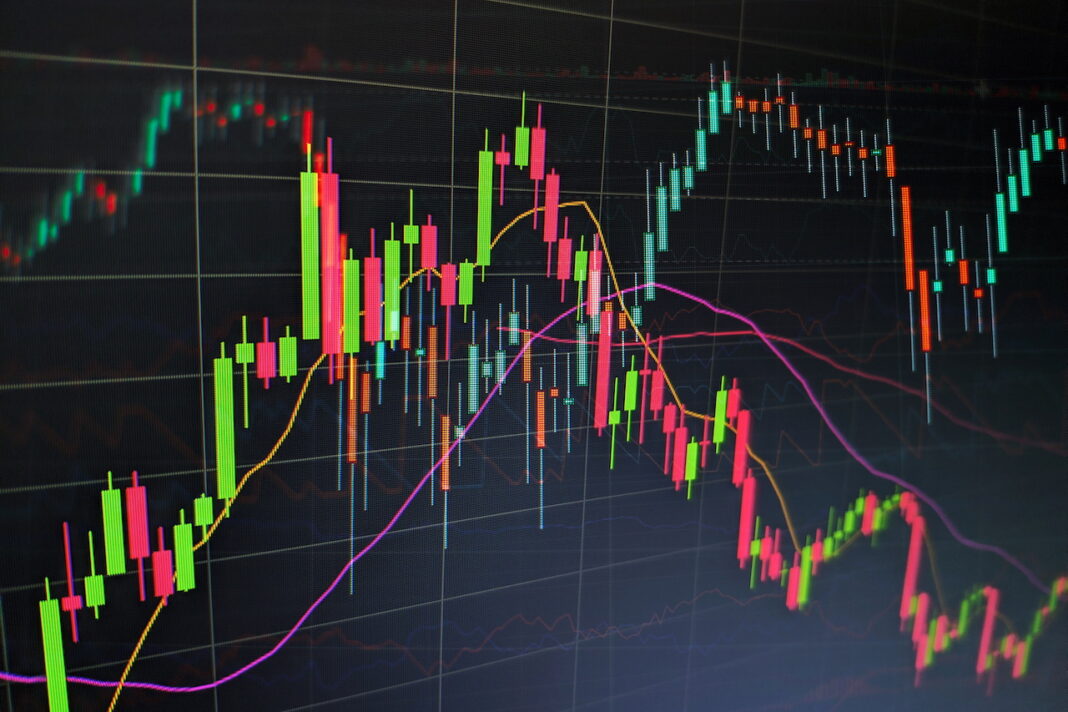Understanding the Dynamics of Crypto Automated Trading

Understanding the Dynamics of Crypto Automated Trading
Crypto automated trading has revolutionized the way traders engage with digital assets. By utilizing sophisticated algorithms and automated systems, traders can execute trades without the need for manual interventions. This not only saves time but also eliminates emotional decision-making that often leads to losses. If you want to delve deeper into the world of automated trading, crypto automated trading visit website that contains more valuable resources and insights.
What is Crypto Automated Trading?
At its core, crypto automated trading involves the use of software that automatically executes trades based on pre-set rules and market conditions. This process is facilitated by algorithms that analyze market data, predict price movements, and place trades without the need for human intervention. The primary goal is to capitalize on market inefficiencies, react to price movements faster than humans can, and ultimately maximize profits.
How Does Crypto Automated Trading Work?
The operational framework of crypto automated trading can be generally divided into a few key processes:

- Data Collection: The first step involves gathering extensive data from various sources such as exchanges and market news.
- Analysis: This data is then analyzed by algorithms. Traders can use technical indicators, chart patterns, or machine learning techniques to identify trading opportunities.
- Execution: Once a trade opportunity is identified, the automated system executes the trade on behalf of the trader within milliseconds.
- Monitoring: The system continually monitors the market, adjusting strategies as necessary to maximize gains or to mitigate losses.
Advantages of Automated Trading in Crypto Markets
There are several advantages of employing automated trading strategies in the crypto market:
- Speed: Automated systems can execute trades much faster than a human can, allowing traders to take advantage of price discrepancies that may only exist for a brief moment.
- Emotionless Trading: Since trades are executed based on pre-defined rules, the emotional aspect of trading is eliminated. This leads to more disciplined trading and potentially higher success rates.
- Backtesting: Traders can backtest their strategies using historical data to assess their viability without risking real capital.
- 24/7 Trading: The crypto market operates 24/7, and automated trading systems can monitor and execute trades at any time, ensuring traders can capitalize on global market movements.
Popular Strategies for Automated Trading
Many strategies are employed in crypto automated trading, depending on the trader’s goals and the market conditions:
- Arbitrage: This strategy involves taking advantage of price discrepancies across different exchanges. An automated bot can buy a cryptocurrency at a lower price on one exchange and sell it at a higher price on another.
- Market Making: By placing both buy and sell orders, market-making bots provide liquidity to the market, profiting from the spread between the buy and sell price.
- Trend Following: This strategy relies on riding the momentum of an asset. Algorithms can identify trends and enter or exit trades accordingly.
- Mean Reversion: This approach assumes that prices will revert to their historical average. Automated bots can buy when the price is low and sell when it’s high.
Challenges and Risks of Automated Trading

Despite its advantages, automated trading in the crypto arena is not without its risks and challenges:
- Technical Failures: Software bugs, connectivity issues, and server downtime can lead to significant losses.
- Market Volatility: Cryptocurrencies are notoriously volatile. Automated strategies that don’t account for this can execute trades that lead to considerable losses.
- Over-Optimization: Traders may fall into the trap of over-optimizing their strategies based on historical data, which might not perform as expected in real-time trading.
- Regulatory Risks: The evolving regulatory landscape surrounding cryptocurrencies can impact automated trading operations, especially in jurisdictions with strict compliance requirements.
Getting Started with Crypto Automated Trading
For those interested in venturing into automated trading, here are some basic steps to get started:
- Research and Choose a Platform: The first step is to find a crypto trading platform that offers automated trading capabilities. Popular platforms include Binance API, Kraken API, and various trading bots like 3Commas or Cryptohopper.
- Define Your Strategy: Before diving in, it’s essential to have a clear trading strategy. Consider factors such as risk tolerance, investment goals, and trading frequency.
- Backtest Your Strategy: Use historical data to backtest your strategy, ensuring that it performs well under various market conditions.
- Start Small: Once you feel confident, start with a small amount of capital to test your automated system in real-world conditions.
Conclusion
Crypto automated trading represents a significant advancement in how traders can engage with digital markets. By leveraging technology and algorithms, traders can enhance their trading strategies and potentially increase their profitability. However, it is crucial to remain aware of the risks involved and to approach automated trading with careful planning and informed decision-making. Whether you are a seasoned trader or just starting, exploring the world of automated trading can open new avenues for portfolio growth and market engagement.
